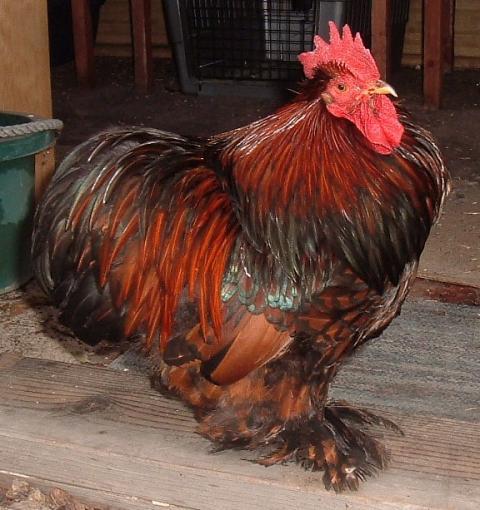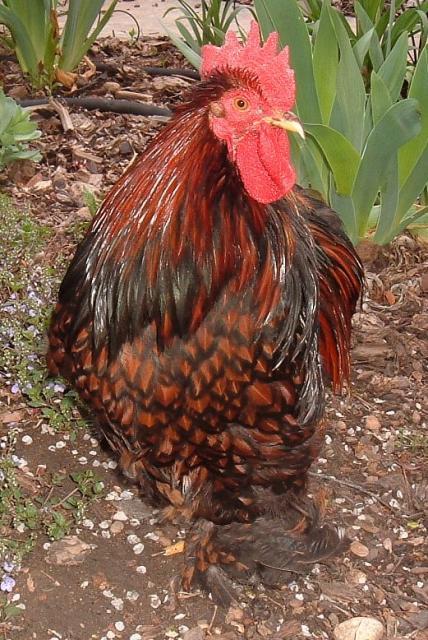I'd say that a good number of the Cochin Bantams shown today are overweight per the standard. You won't see a scale in the show hall, but you will see birds penalized for being over sized. You normally wouldn't see a judge mark "overweight" on the card, because unless he/she has a scale in their pocket there's no way to say for sure. Some very large birds are all feathers, but they can still be too big. Weights are a highly debated topic. If weighing birds were required in the show hall, it would take forever to judge a class and would detract from the show. Some judges like larger bantam Cochins and some smaller Cochins. Use the weights in the standard as a guide, and the size of your birds will be just fine. Some Cochins can be true gluttons. I've had females that are the proper size, but pick them up and you think you're handling a Cornish. Overweight birds don't lay well and don't breed well. Based upon the photos I've seen of your birds, they are on the mark for size.


